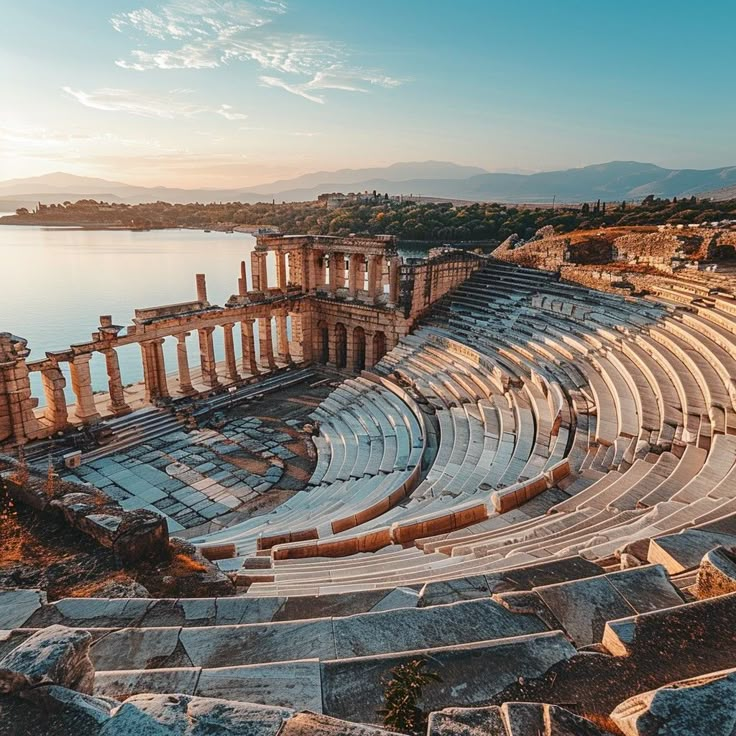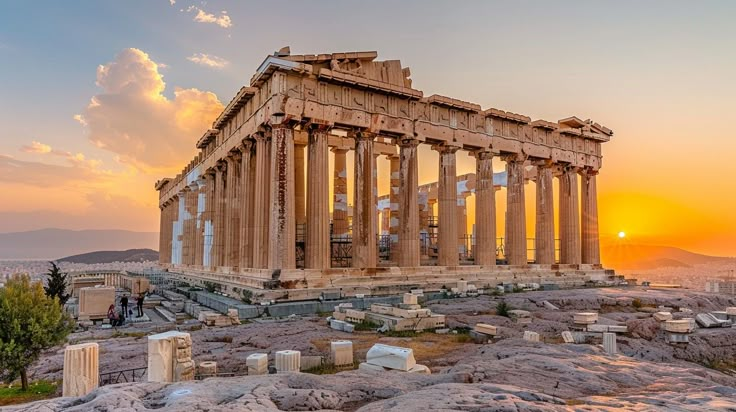Introduction
Cities are more than just clusters of buildings; they are living entities shaped by history, culture, and innovation. From ancient settlements to modern metropolises, cities have evolved uniquely, reflecting their inhabitants and economic conditions.
Point covered
- Ancient Beginnings
- Power and Monumentality
- Medieval Fortifications
- Renaissance and Baroque Influences
- Industrial Revolution and Urban Growth
- Modernism and Globalizatio
- Smart Cities and Sustainability
- Conclusion
- Ancient Beginnings
The first cities emerged 10,000 years ago during the Neolithic Revolution. Mesopotamian cities like Ur and Babylon marked early urbanization with mud-brick structures and irrigation systems.
- Power and Monumentality
Cities like Athens, Rome, and Alexandria flourished as centers of politics, trade, and architecture. Grand structures like the Parthenon and Colosseum reflected cultural identities.
- Medieval Fortifications
During the Middle Ages, cities were shaped by religion and defense. Gothic cathedrals and walled cities like Carcassonne emphasized protection and faith.
- Renaissance and Baroque Influences
Florence and Venice thrived with art and symmetrical urban layouts. Baroque cities like Versailles introduced grand boulevards and palatial designs.
- Industrial Revolution and Urban Growth
The 18th and 19th centuries saw rapid expansion, with cities like London and New York growing due to industry, railways, and skyscrapers.
- Modernism and Globalization
The 20th century introduced minimalist architecture and mass transit. Cities like Tokyo and Dubai evolved through skyscrapers and urban sprawl.
- Smart Cities and Sustainability
Today, cities like Singapore and Amsterdam focus on eco-friendly designs, public transport, and digital integration to improve livability.
Conclusion
The historical evolution of cities’ identities highlights human adaptability and innovation. Balancing heritage and progress will be key to shaping future urban landscapes.
Cities have continuously evolved, reflecting history, culture, and innovation. The Cities’ Identity Through Architecture (CITAA) Conference brings together experts to explore how architecture shapes urban identity—from ancient settlements and monumental landmarks to modern skyscrapers and smart cities. By examining historical influences, urban planning, and sustainable design, CITAA fosters discussions on balancing heritage with progress to create cities that are both resilient and forward-thinking.
Know more about the conference: Here


